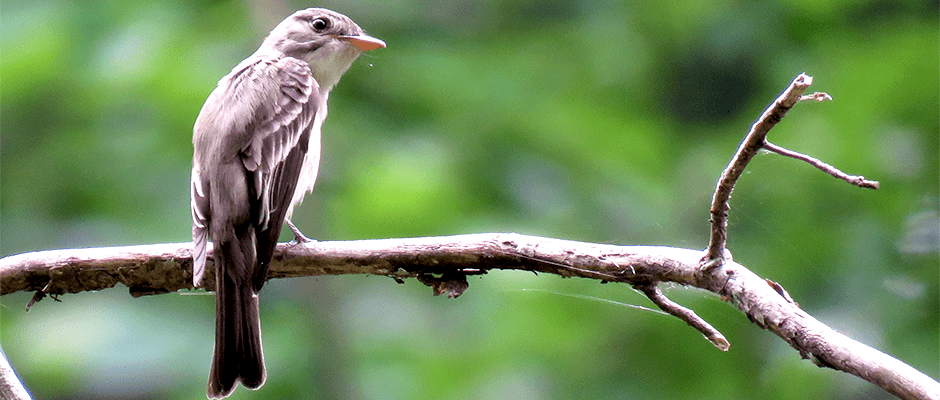Share this article
Big cities’ bright lights lure migrating birds
As birds head south for their fall migration, bright city lights are luring them into busy cities, according to recent research.
While smaller-scale studies and anecdotes have shown that birds seem drawn to artificial light sources, especially when there’s poor visibility, researchers wanted to know if it happens on a larger scale, too.
“There have been anecdotal stories of birds falling out of the sky near lighthouses under foggy conditions or into football stadiums,” said Jeff Buler, an associate professor of wildlife ecology at the University of Delaware and a member of The Wildlife Society, who led the study published in Ecology Letters. “We questioned whether this behavior scales up to the sky glow of cities for migrating birds.”
Buler and his colleagues used weather radar to map distributions of migratory birds across the northeastern United States during their fall stopovers. The team used the radar to take nightly snapshots of bird densities near the ground as they departed. These synchronized flights show up as a “bloom of activity” on the radar, Buler said.
They compared bird stopover densities with the distance from bright areas where the Milky Way was no longer visible, such as Boston, New York, Philadelphia, Baltimore and Washington, to determine if artificial light was a factor in their journey. They found that bird stopover density increased with proximity to these cities. Highways such as the Interstate 95 corridor between Baltimore and Philadelphia lit up on the radar as a noticeable line of high bird densities. Suburban areas and city parks, such as Philadelphia’s Fairmount Park and Rock Creek Park in Washington, had some of the highest densities.
“The light lure of cities “could have negative consequences for migratory birds,” Buler said. “They’re drawn away from places where there is higher quality habitat, which could be dangerous.” This could also expose the birds to more anthropogenic sources of mortality such as getting eaten by cats, he said.
And the transition from incandescent lights to much brighter LED lights could exacerbate the problem, he said, although local Lights Out programs, where people and business reduce excess lighting during bird migration, might help.
But urban parks may be critical, Buler said.
“There’s evidence birds are able to find resources in these urban areas,” he said. “Anything that could enhance food resources in urban areas would be a great benefit.”
Header Image: An eastern wood pee-wee uses Rock Creek Park in Washington, D.C. as a stopover site during its migration. Researchers say birds are being drawn to city lights, making parks like this important for birds. ©Katja Shulz








